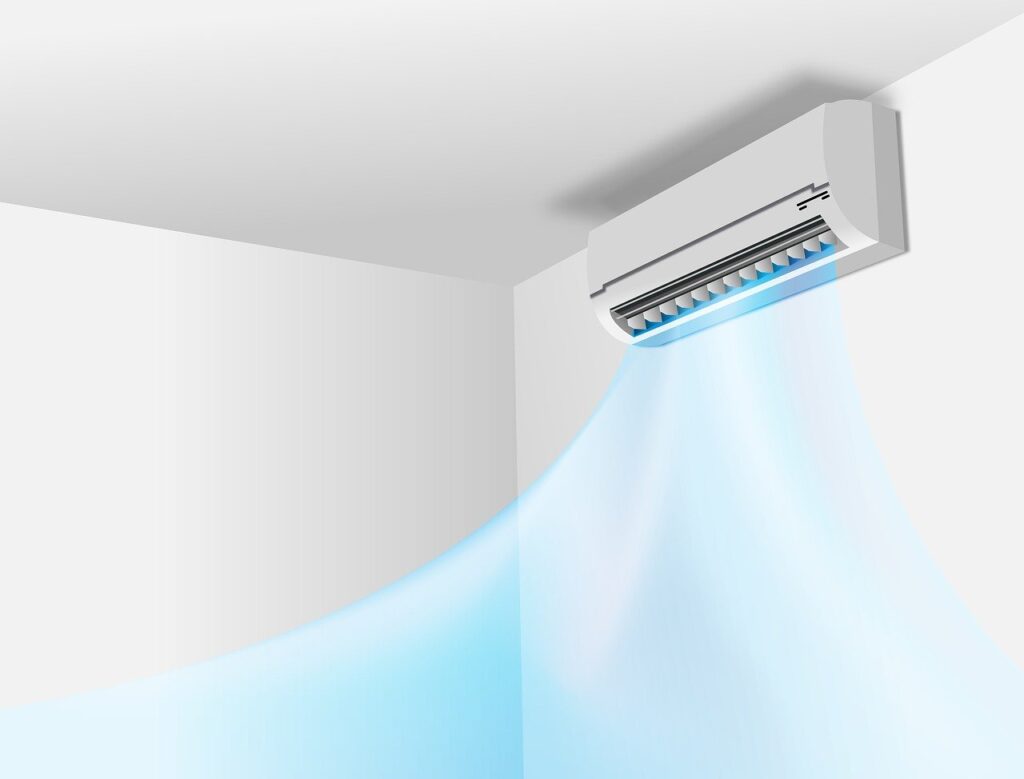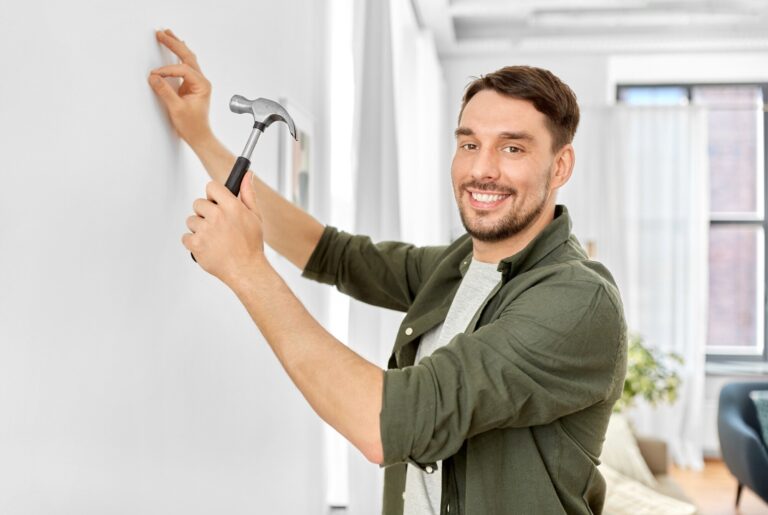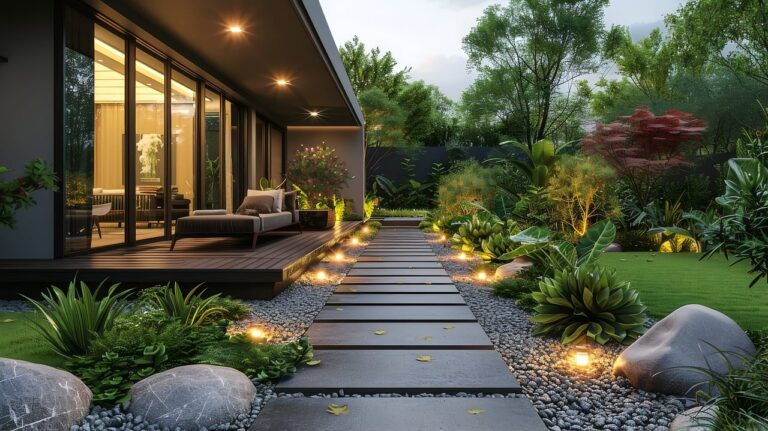What It Means When Your AC Is Cooling but Not Removing Humidity
Having a working air conditioning system is important for keeping your home cool. It helps in making a home comfortable, especially during hot and humid weather. But, it can be frustrating when your AC is cooling but not removing humidity.
In this article, we will explore the possible reasons behind this issue. We’ll provide you with explanations and solutions to help you address it. So, if you’re ready, read on!
Related: 7 Home Improvement Projects to Freshen up Your Home
The Role of Your AC System
To better understand why your AC might be cooling but still leaving the air humid, let’s first discuss the primary function of an AC system. The purpose of an AC is not only to lower the temperature but also to remove moisture or humidity from the air. This process helps create a more pleasant and healthy indoor environment.
Common Causes Why AC Is Cooling but Not Removing Humidity
There are several potential causes for your AC not effectively dehumidifying the air. Let’s explore them in detail.

Incorrect Thermostat Settings
Check your thermostat settings to ensure that the fan is set to “Auto” rather than “On.” When the fan is set to “Auto,” it will only run when the AC is actively cooling the air.
On the other hand, setting it to “On” will keep the fan running continuously. This may hinder the dehumidification process.
Oversized AC Unit
If your AC unit is too large for the space it is cooling, it can cool the air quickly. But, it may not run long enough to dehumidify it.
The AC needs enough time to remove moisture from the air. An oversized unit can cool the air rapidly without effectively reducing humidity levels.
Dirty or Clogged Air Filters
Air filters play a crucial role in maintaining proper airflow in your AC system. Over time, dust and debris can accumulate on the filters. This can obstruct the airflow and reduce the efficiency of the dehumidification process.
Regularly cleaning or replacing the air filters is essential. This is to ensure optimal AC performance.
Refrigerant Issues
Refrigerant is the substance. It is responsible for absorbing heat from the air and cooling it down. If there is an insufficient amount of refrigerant, it can affect the AC’s ability to cool and dehumidify the air.
This can also happen when there is a refrigerant leak. If you suspect refrigerant issues, it’s best to consult a professional AC technician to diagnose and resolve the problem.
Troubleshooting Tips to Improve Dehumidification
Inspect your air filters and clean or replace them if they are dirty. Clean filters allow for better airflow, which improves the dehumidification process. It’s recommended to clean or replace the filters every one to three months, depending on usage.
Proper ventilation plays a significant role in maintaining the desired humidity levels in your home. Ensure that all doors, windows, and vents are closed properly to prevent humid outdoor air from entering your home. Additionally, make sure that the AC system’s air vents are not blocked by furniture or other objects, as this can hinder proper airflow.
Regular maintenance is crucial for the efficient operation of your AC system. Consider scheduling professional maintenance at least once a year. During maintenance visits, an AC technician will clean the coils, check refrigerant levels, and address any potential issues that may affect the dehumidification process.
Seeking Professional Help
If your attempts to improve dehumidification have not been successful, it might be a good idea to ask for help from an AC professional. These experts have the knowledge and skills to understand and fix complex problems that could be causing issues with dehumidification. Here’s how a professional can assist you.
Thorough Inspection
An AC technician will carefully check your system to find any hidden AC repair needed that may be affecting dehumidification. They will examine different parts of the system, like the condenser, evaporator coils, blower motor, and refrigerant lines, to make sure everything is working correctly.
Repairs and Replacements
During the inspection, if the tech finds any problems, they will suggest and do the necessary central air repair work. To make the system work better, this could mean fixing breaks in the refrigerant, replacing broken parts, or cleaning and repairing the coils. They know how to do these jobs safely and well because they have the right tools and skills.
Refrigerant Recharge
If your AC system is low on refrigerant, a professional technician can add more to bring it to the correct levels. They know how to handle refrigerant safely and ensure that the system can dehumidify your home properly.
System Optimization
An experienced technician can optimize your AC system to improve dehumidification. They can adjust settings like fan speed and airflow to find the right balance between cooling and dehumidification. They can also give you advice on the best temperature and humidity settings to keep your home comfortable and healthy.
Professional Maintenance
Regular maintenance is important for your AC system to work efficiently. By scheduling professional maintenance at least once a year, you can make sure that your system is in good condition.
During maintenance visits, the technician will clean the coils, check the refrigerant levels, and address any potential issues that could affect dehumidification. This proactive approach can prevent problems and keep your system working optimally.
Remember, AC professionals like markdanielsac.com have the training and experience to handle complicated issues. They can provide personalized solutions based on your system’s specific needs and ensure that it works well to dehumidify your home.
By seeking professional help, you can save time and avoid mistakes that could make the problem worse. A professional technician can also offer valuable advice on AC maintenance, proper use, and energy-saving tips to improve your system’s dehumidification capabilities.
Fix Your AC System Today
When your AC is cooling but not removing humidity, it’s important to identify and address the underlying causes to ensure a comfortable and healthy indoor environment. By understanding the common reasons behind this issue and following the troubleshooting tips provided, you can improve the dehumidification capabilities of your AC system.
If you think this article is helpful, check out our other blogs!





